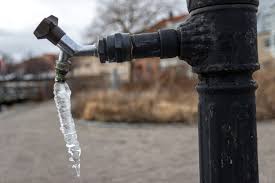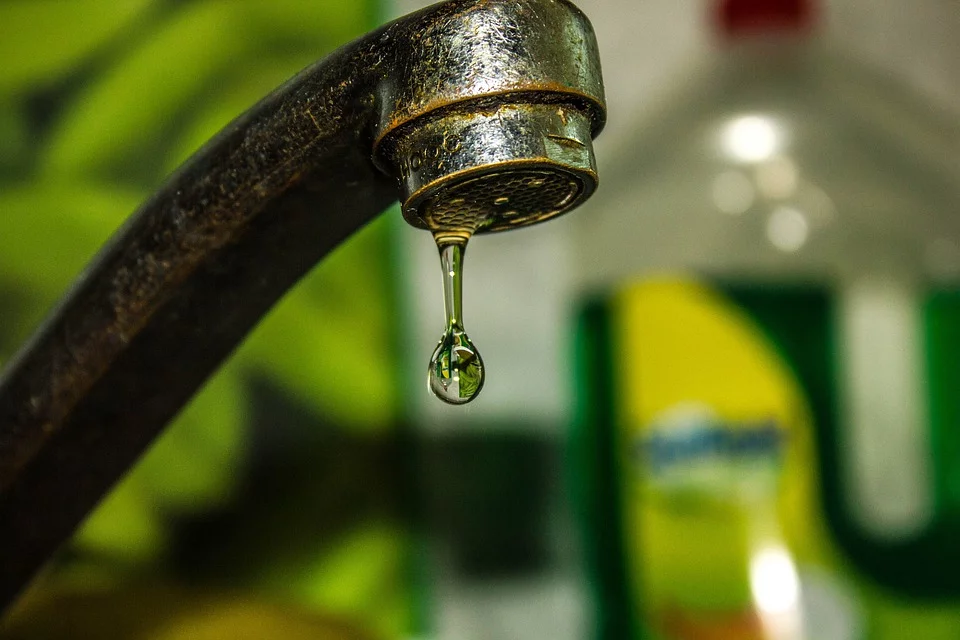Practical Methods for Winterizing Your Pipes and Shielding Freezing in Frigid Weather
Practical Methods for Winterizing Your Pipes and Shielding Freezing in Frigid Weather
Blog Article
Each person is bound to have their own way of thinking about How to Prevent Frozen Pipes.

All house owners that reside in warm climates need to do their best to winterize their pipes. It is something you must do throughout fall before deep winter months absolutely begins. Failing to do so can lead to calamity like icy, fractured, or ruptured pipes. If the weather condition outside is shocking, here are some handy winterizing hacks to maintain your plumbing system shielded even.
Activate the Faucets
When the temperature declines and also it appears as if the freezing temperature will certainly last, it will help to turn on your water both indoors and outdoors. This will certainly keep the water streaming through your plumbing systems. On top of that, the motion will certainly slow down the freezing process. Especially, there's no requirement to turn it on full blast. You'll wind up throwing away gallons of water in this manner. Rather, aim for concerning 5 decreases per minute.
Open Closet Doors Hiding Plumbing
When it's chilly outside, it would be valuable to open up cupboard doors that are camouflaging your pipes. They might be someplace in your kitchen area or shower room. This will permit the cozy air from your heating unit to distribute there. Because of this, you prevent these revealed pipes from freezing. Doing this little method can keep your pipes warm and also limit the potentially dangerous outcomes of freezing temperature levels.
Take Time to Cover Exposed Piping
One simple and awesome hack to warm up icy pipelines is to wrap them with warm towels. You can cover them initially with towels. After securing them in position, you can put boiling water on the towels. Do it gradually to allow the towels soak up the fluid. You can likewise use pre-soaked towels in hot water, simply don't fail to remember to wear protective gloves to guard your hands from the warmth.
Try a Hair Dryer or Warm Weapon
When your pipelines are nearly freezing, your dependable hair clothes dryer or warmth weapon is a godsend. If the warm towels do not help remove any clearing up ice in your pipelines, bowling hot air straight into them might help. Nonetheless, do not make use of various other objects that produce straight fires like a blow lantern. This can lead to a bigger calamity that you can not control. You may end up destructive your pipelines while attempting to melt the ice. And in the long run, you may also end up burning your residence. So be cautious!
When Pipelines are Frozen, close Off Water
Switch off the major water valve promptly if you see that your pipelines are totally icy or virtually nearing that stage. You will typically find this in your cellar or laundry room near the heating system or the front wall surface closest to the street. Transform it off right away to avoid more damages.
Don't fail to remember to shut exterior water sources, too, such as your hookup for the garden residence. Doing this will certainly prevent additional water from filling out your plumbing system. With more water, even more ice will pile up, which will at some point lead to rupture pipes. If you are uncertain regarding the state of your pipes this wintertime, it is best to call a specialist plumber for an inspection. Taking this proactive method can save you countless dollars out of commission.
All home owners who live in warm climates should do their finest to winterize their pipes. Failing to do so can lead to catastrophe like frozen, broken, or ruptured pipelines. If the warm towels do not assist displace any kind of clearing up ice in your pipes, bowling hot air straight right into them may aid. Turn off the major water valve quickly if you notice that your pipes are totally frozen or almost nearing that phase. With more water, more ice will certainly pile up, which will at some point lead to break pipelines.
PREVENT YOUR PIPES FROM FREEZING THIS WINTER
A Leading Cause of Property Damage
When the weather is taking a deep nose dive into the cold dreary days, the risk of your pipes freezing and potentially bursting skyrockets. Unfortunately, during these cold dreary months, burst pipes are the most common denominator for property damage. The pipes that are most at the risk are those that are in areas where it is most cold in your home. For instance, pipes located in interior places such as basements, attics, and your garage. Unfortunately, that doesn’t mean that the pipes running through your cabinets or exterior walls can’t freeze. Good news, however, is that you can do things to help prevent pipes from freezing.
How to Prevent Pipes From Freezing
Once the temperature starts to drop during the winter, you should be taking the proper measures needed to ensure that your pipes stay warm and that there is circulation of water through them. Some steps that experts may recommend could go against your better judgement when it comes to saving water and heat. However, it would go without saying that when expenses are compared, damaged pipes could put a bigger dent in your wallet than a water bill.
What Can I Do?
Keep your garage door closed. This is very important, especially if you have water supply lines running through your garage. Open your kitchen and bathroom cabinets to allow warm air to circulate through them. Allow air circulation throughout your home. Keeping the interior doors open will once again allow the warm air to circulate inside your home. Ensure your thermostat is running the same temperature throughout the night and day. If you plan to be away from home during the cold months, set your temperature no lower than 55° F. This should provide enough heat to keep the pipes warm and prevent any remaining water inside the pipes from freezing. For more of a long-term solution, add insulation to attics, basement, and other crawl spaces around your home. By allowing your faucet to drip, it will alleviate pressure in the system. This is important because the pressure that is created between the blockage and the faucet can potentially cause the pipes to burst. Allowing the faucet to drip will prevent the pressure from building up, therefore keeping the pipes from bursting. Seal any cracks, openings, and crawl spaces around your home to prevent cold air from coming inside. This keeps your pipes-not to mention your home-warmer and less susceptible to issues caused by freezing temperatures. For the pipes in your home that are easily accessible, applying electrical tape to them might prevent them from freezing over. This is a quick fix, as you can apply the tape directly to the pipe. There are two options for heating tapes. One turns on and off by itself when it senses heat is needed. The other type of heating tape needs to be applied when heat is needed and removed when not necessary. If you have exposed pipes in your home, you can check this website to take a look at a few options that would be available at a shop near you.

I stumbled upon that post about Prevent Freezing and Bursting Pipes while looking around the internet. Sharing is caring. You never know, you may just be helping someone out. We enjoy reading our article about How to Prevent Frozen Pipes.
Dial for results! Report this page